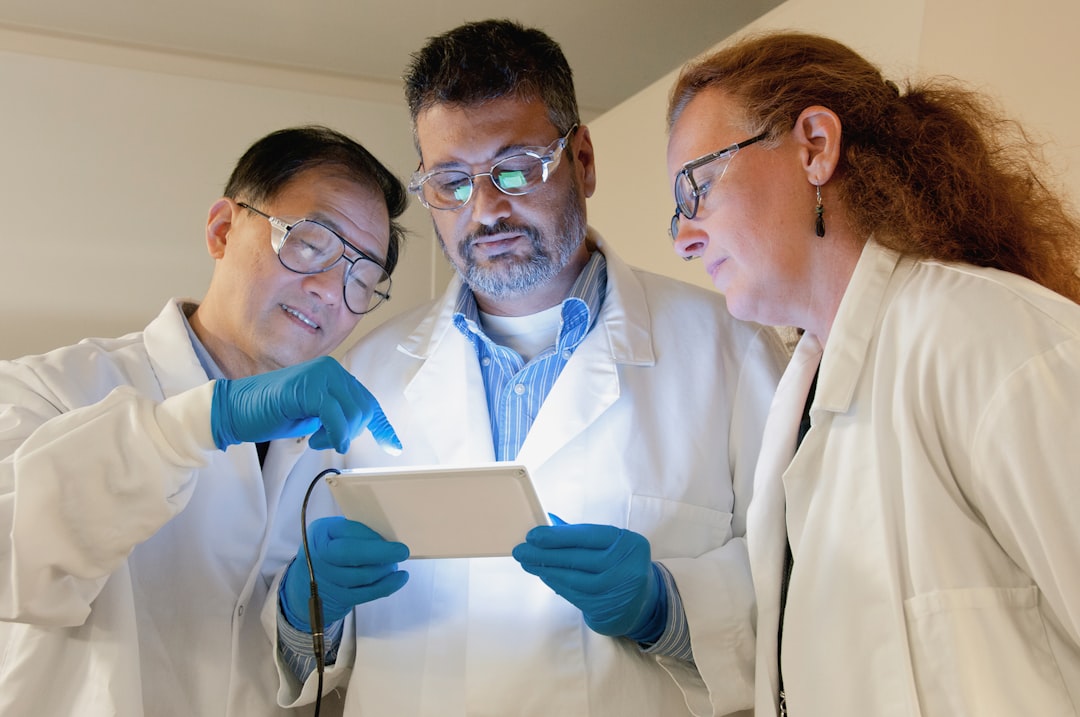What is it about?
Maggot debridement therapy removes dead flesh, controls wound infection, and stimulates wound healing. Maggot debridement therapy-assisted wound care could be done by nurses and even lay carers rather than physicians, which would allow the latter to focus on reconstructive and other surgical interventions. Moreover, MDT could provide a larger window for limb-saving surgery in cases where life-threatening wound infection is a real risk.
Featured Image

Photo by Annelie Turner on Unsplash
Why is it important?
When disaster strikes, the number of patients requiring treatment can be overwhelming and proper care is difficult to provide. As a consequence, wound infection, amputations and loss of life are common. In such compromised health care environments, low-tech and cheap wound care options are required that are in ready supply, easy to use, and have multiple therapeutic benefits. Maggot debridement therapy (MDT) is one such wound care option and may prove to be an invaluable tool in the treatment of wounds post-disaster.
Perspectives
This is the first publication establishing the utility and clinical feasibility of maggot debridement therapy in disaster medicine. It formed part of a larger study exploring the maggot debridement therapy supply chain (Stadler, Medical and Veterinary Entomology, In Press) and the delivery of maggot therapy in compromised healthcare settings (Stadler, 2018). This research also led to a Grand Challenges Canada grant to develop container and DIY laboratory systems for the production of medicinal maggots in conflict-affected communities (https://app.secure.griffith.edu.au/news/2018/09/26/250000-grant-for-griffith-researchers-sending-medicinal-maggots-to-war/).
Frank Stadler
Griffith University
Read the Original
This page is a summary of: Maggot Debridement Therapy in Disaster Medicine, Prehospital and Disaster Medicine, December 2015, Cambridge University Press,
DOI: 10.1017/s1049023x15005427.
You can read the full text:
Resources
Contributors
The following have contributed to this page










